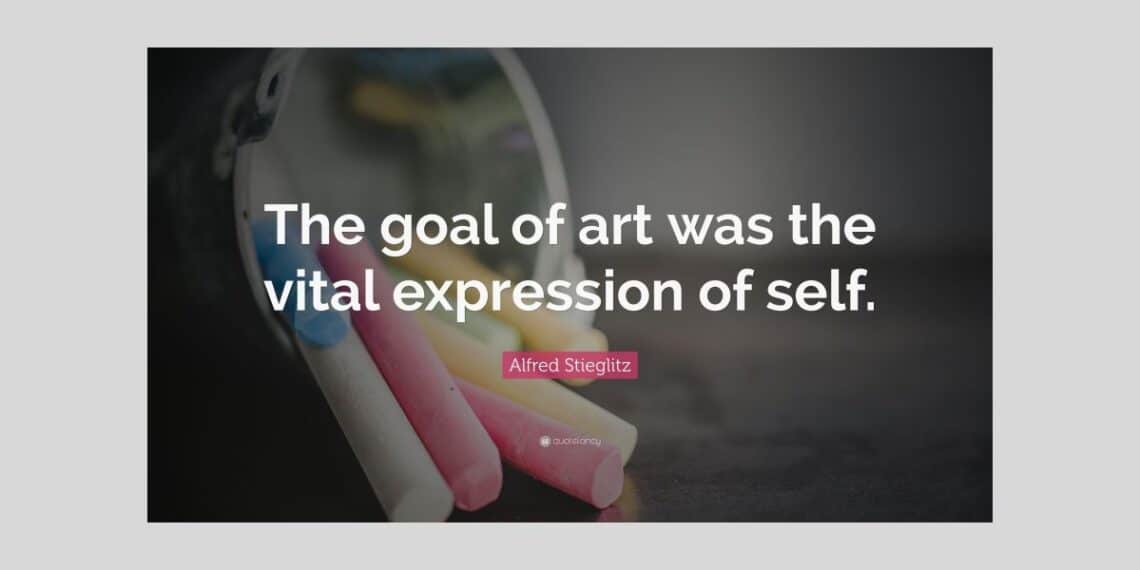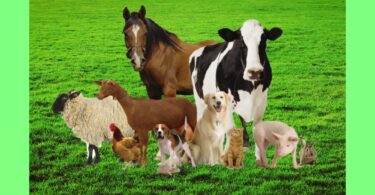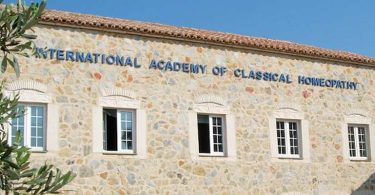Most of you by now have heard about Dr. Rajan Sankaran and the Bombay Group of Homeopath’s revolutionary new insights in Homeopathy and their development of a particular method of case taking where one uses what Dr. Sankaran calls the ‘vital sensation‘ to select the most appropriate remedy.
After literally years of continuing study of this particular method, including with Dr. Sankaran himself, Melissa Burch, Director of Inner Health Homeopathic Services will share her own insights in this month’s “Hot Seat” interview and explain the cornerstone of Dr. Sankaran’s method and that pivotal aspect of finding what should really be called the ‘vital expression‘.
Melissa calls this cornerstone the ‘Vital Expression‘ because it is in the expression of the vital sensation in BOTH the physical and emotional sphere where the mystery unfolds and the remedy that the patient needs can be found. ‘The term ‘Vital Expression‘ is more encompassing and can be more descriptive when placing the patient as well, at a particular level (fact, delusional, etc.), kingdom (mineral, plant, animal, etc.) and miasm (psoric, sycotic, tubercular, etc).
Kate, hi, it’s Elaine. I hate to crash your article, but, I think this paragraph may need more explaining. I’ll just leave through the back door.
It is GOOD that you are pointing out the confusing areas as it clarifies where we need to be more specific.
Basically the Sankaran method takes in a couple of ‘new’ concepts: the Vital Sensation (which Melissa calls the Vital Expression), the levels of a client’s ability to present their case: name (headache), facts (on top of my head, comes and goes, etc.), emotion (makes me angry and irritated), delusion (as if jackhammer were digging through), sensation( digging), energy (this is where sensation meets with the energy – can be seen as an example in client’s hand-gestures, etc.), and seventh level – he is still working on – it is more spiritual).
Level 1 – Limited to a part of a part of the person
Level 2 – Limited to a part of the person –
Level 3 – Limited to the person – I feel angry/sad
Level 4 – Limited to mankind – become emperor from past, or spaceman from future
Level 5 – Limited to all things on earth – plants/animals/minerals/sensations
Level 6 – Encompassing the whole universe – sun, clouds, sky, space.
Homeopathy itself has gone through prescribing on the various levels: early days we just prescribed according to levels one and two – then we started focusing on the mind and graduated to levels 3 & 4, then Sankaran came up with his ‘delusional’ stuff in the 80’s and 90’s and in 2000 he presented his ‘sensation and levels’ theory’ SO we ARE evolving as a human race – and as homeopaths.
The KINGDOMS are also relatively new…and we must find the client’s predominant kingdom in order to find the right remedy: Mineral, Plant or Animal (or we are learning ‘other’ – imponderables, etc.) Again, this is a whole area of understanding that has depth.
And the MIASMS – ‘how’ we react to whatever life presents – it is an ‘added’ to the plant.
So doing the Sankaran method we need to be aware of all of the above – and they all come in and out throughout the casetaking…once we identify them – AND put them all together – Level, Sensation, Kindgom, Miasm – THAT is the Vital Expression that Melissa is talking about.
How do we start? As it is now well known, we start with the patient’s Chief Complaint. Many patients come with numerous and various complaints but we ask them to focus only on one – the main one or the one which they consider to be most problematic to them. The patient is asked to describe the ‘complaint’ in exacting detail while we, the homeopath, attentitively note the words used to describe the complaint, singling out and paying most attention to ‘action’ words – words that describe sensations, like breaking, burning, twisting, stiff, trapped.
While listening to the patient talk about his/her Chief Complaint in detail we also pay attention to the other areas of the patient’s life where he/she is describing and/or expressing the same sensation. We can ‘get’ this because the patient will use the same ‘sensation’ word(s) or expression in different spheres. For example, if a patient states that his/her chief complaint is, let us say, a pain in his leg, having the patient focus on that ‘pain in the leg’ might bring him/her to verbalize that it the sensation of having this ‘pain’ is being or feeling ‘caught, or trapped’, and in further conversation he/she expresses a similar feeling and sensation when talking about other areas of their lives, i.e. their work and their relationships, or even in describing their dreams. THIS idea of being ‘caught, trapped’ is the ‘vital expression‘ and the one we will further examine until the patient ‘leads’ us to the exact remedy he/she needs.
With the clue from the ‘Vital Expression‘ we can delve deeper (or, I should say, get the patient to delve deeper) either by asking for more information or using techniques, like mirroring, to get the patient to go deeper into him/herself. As the patient goes deeper (into his/her unconscious or sub-conscious) as to what this ‘caught, trapped’ sensation means to him/her and how it is expressed (or suppressed, keeping him/her from the ability to live a healthy life), you, the homeopath, will eventually be led to the kingdom, miasm and remedy source. Not all cases run linearly in that order, with the patient sometimes giving clues as to kingdom, miasm, etc. at different points during the consultation, sometimes before we even discover the ‘sensation’. Those clues need to be noted as well.
It is true that some cases are easier to get to the ‘vital sensation’ and beyond than others. It is important that you don’t give up on the methodology because your first case is not ‘going there’. With experience and practice, you will get there – you may even have a case that easily takes you right to ‘source’ (meaning the remedy itself).
There are a number of tools and suggestions you could use to help you get the patient to get to the level of sensation. Here are ten sample questions you can use to get the patient to give more detail on his ‘chief complaint’:
What is the effect of this ‘symptom’ on you?
And the opposite would be?
Tell me more about yourself
Describe that ‘sensation’ – i.e. describe ‘dizzy’
What do you experience at that time physically?
How does that feel ‘inside’?
Let me have all your visions and imaginations
What is it that you don’t feel like?
Describe what you are showing with your hand
What does it feel like to be tired/anxious/in pain, etc.
Hopefully this brief introduction to the method will give homeopaths just starting an idea of how the ‘method’ works and help ‘re-fresh’ the concept with homeopaths who have already started to use this method. In future eZines we will share more about Dr. Sankaran’s insights.
To get even more training in this method, you can purchase “Dr. Rajan Sankaran’s Correspondence Course” Four Part Manual for $97.00 (Available as PDF and/or Printed additional $15.00 for shipping and handling charge.)
____________________________________________________________ ______________________
Kate Soudant
BA History. MS Social Science
Lic. Burren School of Homeopathy 1999
I.S.Hom – Irish Society of Homeopaths 2002 (fully registered with the Irish Society of Homeopaths)
Post Grad study of Dr. Ranjan Sankaran Method in Mumbai, India 2001 and 2003
Manager of the Irish Society of Homeopaths from 1997-2005
Private Practice since 1999







excellent and relevant definitions and articles which are based on excellent experience and scientific modalities.